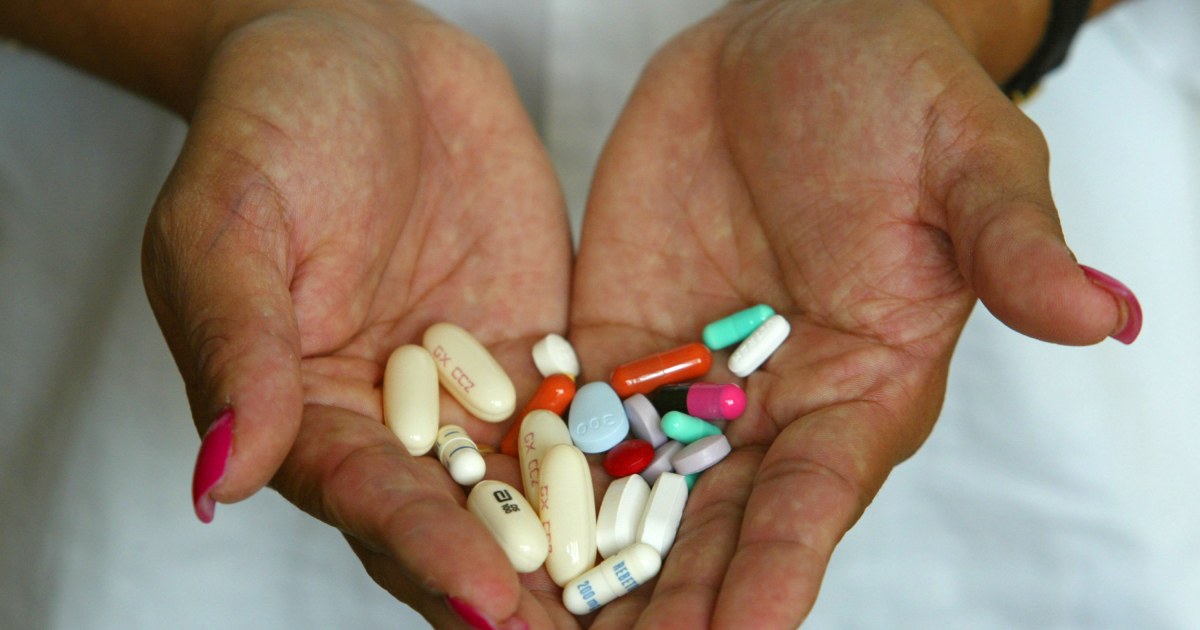How To Treat A Rotator Cuff Tear
Individuals with a rotator cuff tear around the shoulder will begin to experience weakness in this area as well as a dull pain that worsens when they're lying down. If left untreated, these symptoms can become more painful and more difficult to manage, which is why it's crucial to get the problem treated as quickly as possible. There are an array of different treatments that can relieve the pain of a rotator cuff tear. While the exact types of treatment used do depend on how extensive the injury is, there's a basic treatment plan everyone suffering from a rotator cuff tear should follow. Get to know it now!
Go To Physical Therapy

The first thing patients should do when diagnosed with a rotator cuff tear is to go to physical therapy. Even though this therapy won't cause the tendon to heal, it can provide patients with effective pain relief while they wait to obtain additional treatments. When patients undergo physical therapy, their shoulder strength should see substantial improvements as their joint mechanics are restored to what they were before the injury. The inflammation due to the injury should also dissipate as the patient goes through several sessions of physical therapy. While their rotator cuff will still be torn, physical therapy directly focuses on bolstering the strength of some of the other muscles surrounding the tendon, which is supposed to minimize the effects the tear has on the shoulder's movement. Though most injuries and tears throughout the body must be repaired before patients can experience any substantial pain relief, the same isn't true for a rotator cuff injury.
Take Anti-Inflammatory Medication

When receiving physical therapy for a rotator cuff tear, patients should take anti-inflammatory medications along with the therapy to ensure the inflammation around their torn tendon starts to heal. The reduction of inflammation means both the pain as well as any swelling should start to lessen in severity. Given how common rotator cuff tears are and how minor of an injury this can be, it's possible a combination of physical therapy and anti-inflammatory medication will be all patients need to restore the range of motion in their shoulder. Partial tears of the rotator cuff can heal on their own with the application of some of the more minor treatments on this list.
